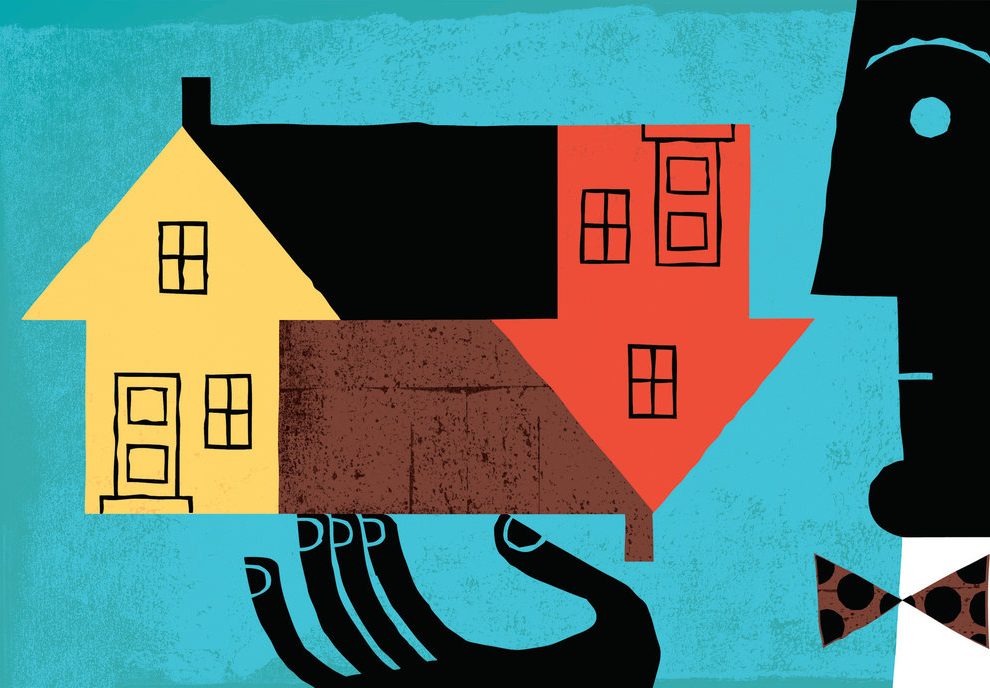In recent months the volume of property sales has remained very low, and values have continued to fall, with Auckland amongst the softest markets in NZ. However, a handful of commentators are now starting to signal that the downturn ‘on the ground’ may come to an end within the next 6-9 months. What can we make of these more positive views?
First, let’s look at what the more encouraging factors are. The recent falls in interest rates have been a noticeable change and will have helped the mood of many mortgage holders. These have come on the back of falls in offshore wholesale funding rates, which our banks have quickly passed on to borrowers – especially given how competitive the lending industry is at present, as banks jostle to win any (reduced) new activity but keep a keen focus on their market share for existing borrowers. Looser CCCFA rules from March 2023 would make for a more favourable credit environment.
Second, although there’s a lot of water to go under the bridge, some people are now looking more confidently at a National-led Government after the next Election, which could see a reversal of the Brightline Test extension and the reintroduction of interest deductibility for investors in existing properties. Of course, it pays to be cautious here. Politics can change quickly, and new Governments don’t always reverse the other guys’ policies when it comes to tax.
And third, the direction of travel in the construction industry seems to be changing very quickly – dwelling consents are high for now, but several leading indicators (e.g. house-builder sentiment, enquiries for new-build projects) point to quite a sharp slowdown pretty soon. A slowdown in new supply would, all else being equal, lead to higher house prices than otherwise – although the net migration losses (and reduced property demand) we’re currently seeing also need to be kept in mind.
So, where do we stand on all of this? Given that affordability is still very stretched for owner-occupiers (and yields low for new investors), mortgage rates are still much higher than a year ago (and may not have peaked yet), and that buyers have a reasonable choice of listings, it seems fair to suggest that property values have further to fall yet. And the experience of the GFC – where they dropped and then stayed flat for the next 1-2 years – suggests caution about the 2023-24 outlook.
However, unemployment is still low, and there are very few signs of mortgage repayment stress, even as borrowers roll off lower fixed rates from a year ago and onto new higher rates. It also wouldn’t be a surprise if some buyers – e.g. experienced investors – are trying to get ahead of the curve, recognising that it’s very hard to pick the bottom of a market precisely, so close enough is good enough.
Overall, there may be some light at the end of the tunnel, but it may not arrive until 2023 – and any rises in unemployment in the meantime would be an extra challenge. Ultimately, individuals will make up their own minds about when ‘value’ has returned to the market. Analysts generally have to pick trends from averages/medians/aggregated statistics. But people don’t buy the average; they buy and sell individual properties, and there may well be some bargains out there already, regardless of what the broader market is doing.

Kelvin Davidson
Kelvin Davidson is the Chief Economist of CoreLogic New Zealand.
















Add Comment